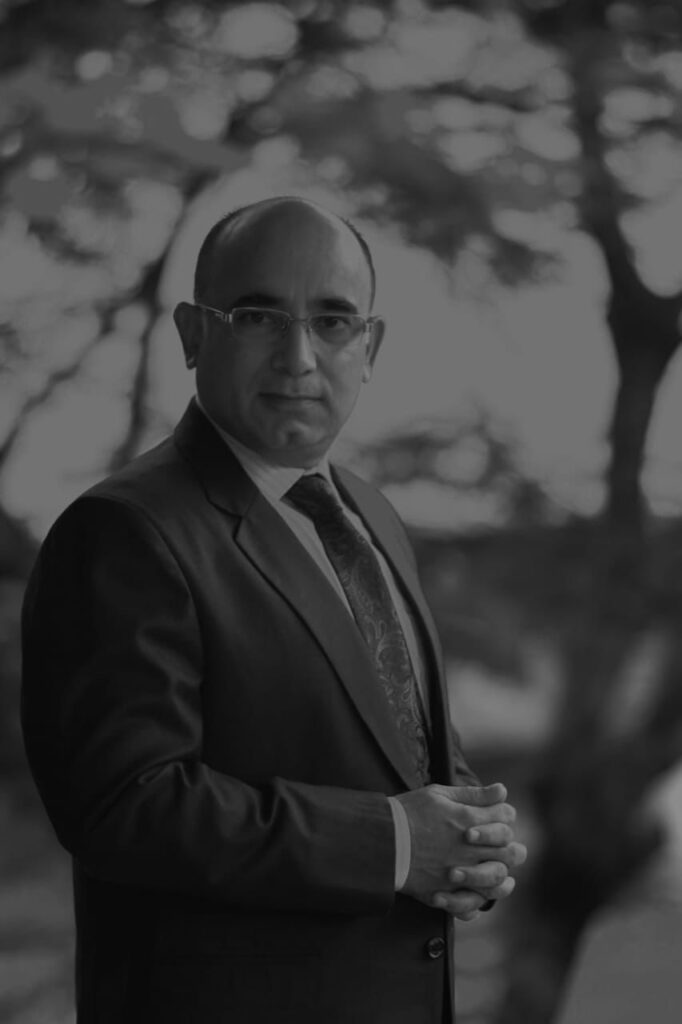“To be, or not to be”, from William Shakespeare’s play Hamlet, is one of the most widely known and quoted lines in modern English. The phrase employs the ‘iambic’ style of writing, which is pleasant on the ear, and has been used by poets to great effect.
The iambic style of writing prose and poetry in literature education can expose students to the finer nuances of the language, and thus express themselves effectively.
Carol Joseph, a Lucknow-born and Goa-raised teacher, will soon unveil a book of poems that explores his love for the iambic verse.
“The iambic verse is not the only style that should be encouraged. Students should be taught different kinds of writing styles, whether in prose or poetry. But I do feel that iambic verse has a lilt and charm of its own and should be included in the course content. To study some of the literature written in iambic verse is to help foster a deep appreciation for language and literary traditions,” says Joseph, who is the Foundation Principal of The Gera School in Goa.
A verse in iambic pentameter usually contains ten syllables. It was first introduced into English by Chaucer in the 14th century on the basis of French and Italian models. The style is used in several major English poetic forms, including blank verse, the heroic couplet, and some of the traditionally rhymed stanza forms. William Shakespeare famously used iambic pentameter in his plays and sonnets, John Milton in his Paradise Lost, and William Wordsworth in The Prelude.

“It is sweet to the ear with its rhythms. Human speech can be, largely, iambic e.g. I like the way you’ve made this dish. The priest will come to bless the house at 9:00. When will the ‘poder’ come? These are some examples,” he points out.
“The works of great poets, of course, should be taught in schools. Indian poets like Rabindranath Tagore and Nissim Ezekiel, and Goan poets like Manohar Rai Sardesai have used iambic verse in their works. In fact, many poets will use iambic verse for some of their work. They may vary the form and the meter, but iambic verse will be there somewhere. The early exposure would help a lot. Needless to say, attention must be paid to the structure of a poem and the metre used,” he said.
Joseph says that Iambic poetry need not be a dying art; it can be revitalised by promoting its use in modern poetry and emphasising its versatility. The relevance of writing poetry in iambic pentameter is that much of great poetry has been written in iambic verse, he says.
“It is pleasant to hear. Whether it stirs you or moves you depends on the lines. Besides, whether it is easy to follow depends on what has been written. Some poets are easy to read; some poets require careful reading and some knowledge of what is being written about,” he says.
Joseph says that one can use iambic verse for anything – and then vary the number of feet in a line. For example, Wordsworth used iambic pentameter for ‘The World Is Too Much With Us’ and iambic tetrameter for ‘The Daffodils’. Many poets may begin with ‘free verse’ but then approximate to iambic verse. The flexibility is good because it avoids monotony and can be used to great effect by a poet. Iambic pentameter can be used to convey a wide range of topics, but it is a good medium for expressing deep emotions and profound thoughts with its balanced structure.
Seamus Heaney, Derek Walcott, Robert Frost, and Yeats are among the many poets who used iambic verse. Since blank verse (unrhymed iambic pentameter) is free of the limitations of rhyme, it is one more reason to adopt it, Joseph highlights.
Talking about the idea behind releasing the upcoming launch of a collection of poems by the end of 2023, Joseph says he drew from personal experience and from the experiences of others.
“Sometimes one hears of things or reads about something and that gives the idea or ideas for a poem. In this collection, blank verse (unrhymed iambic pentameter) or iambic tetrameter has been mostly used. The themes are common, almost universal, and are drawn from books, films, and people’s experiences: troubled relationships, life and death, giving and receiving, and the purpose of one’s life, etc,” he says.
